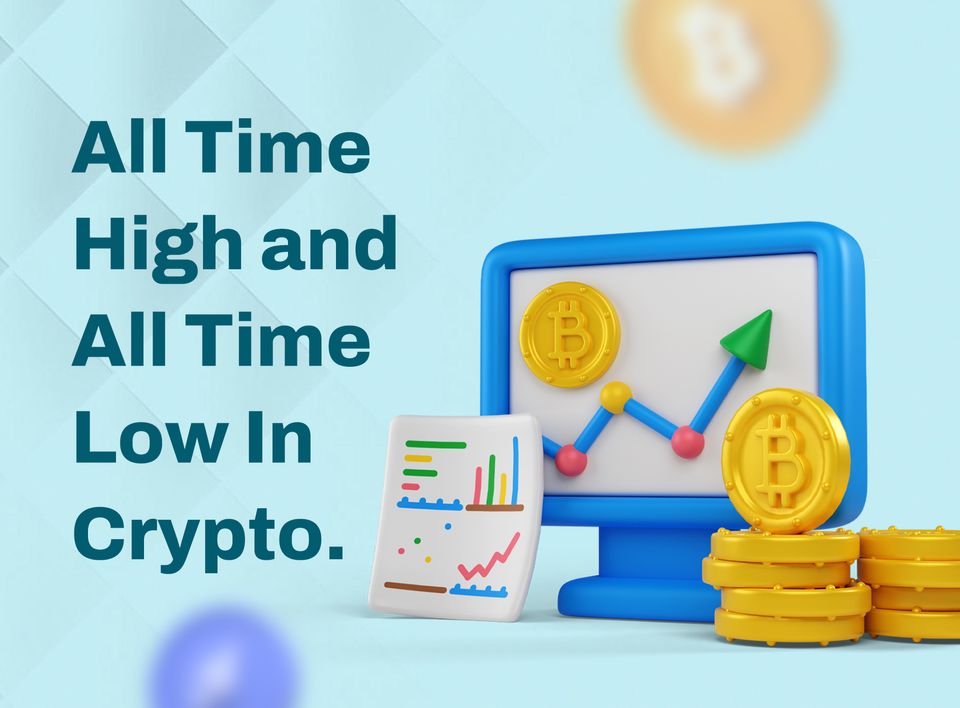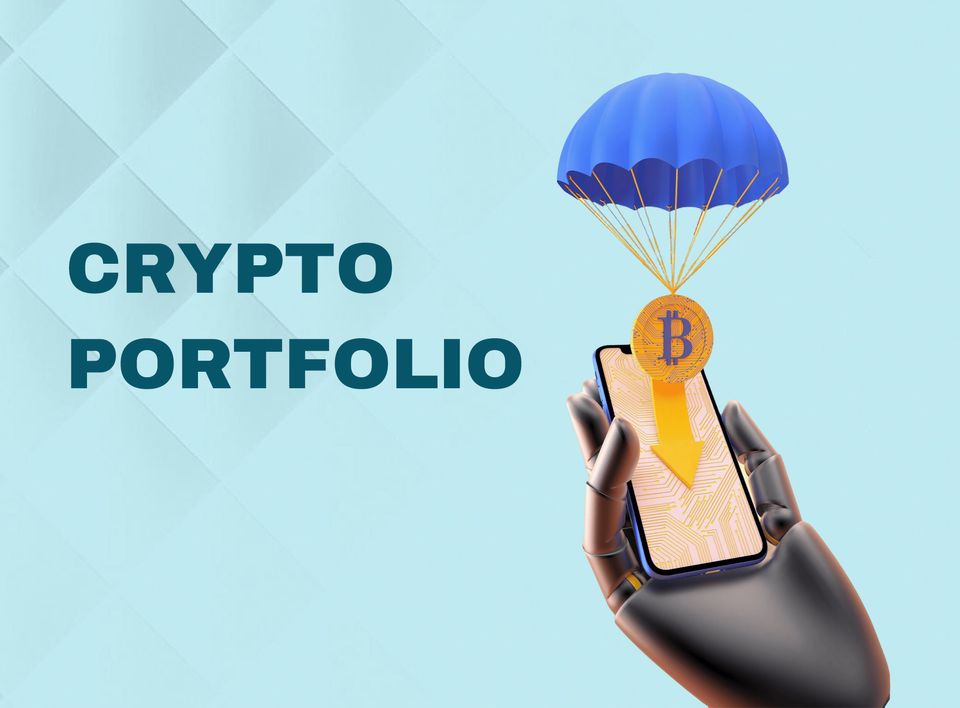Is the NFT Wave Over?
NFT trade volume fell to $33.88 billion in the first quarter of 2022. By the second quarter, the volume slashed down again to $12.22 billion.
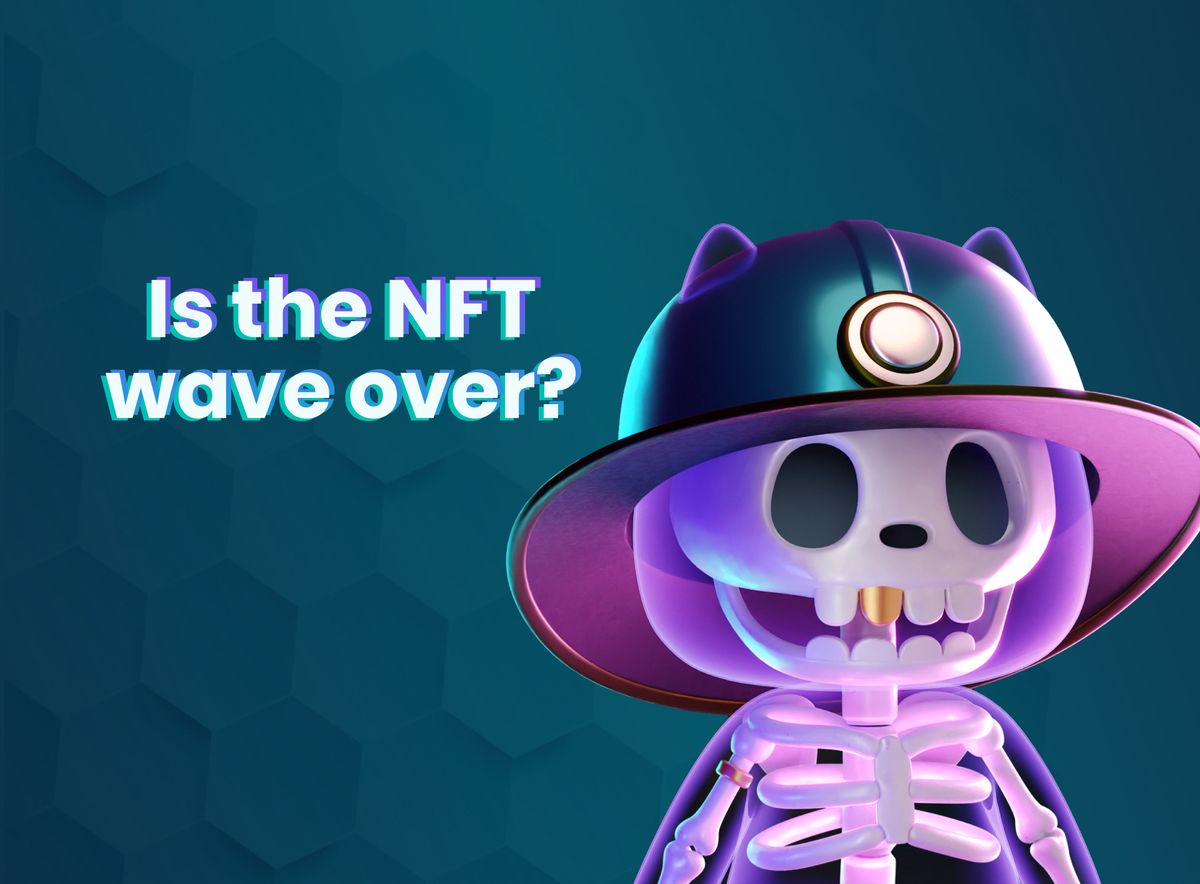
Sina Estavi, a famous crypto entrepreneur, made the news in March 2021 when he bought an NFT of former Twitter CEO Jack Dorsey's first tweet for $2.9m. Fast forward to April 2022, Estavi puts up the NFT for resale on NFT marketplace OpenSea, for $48m. The highest bid he received for the sale was worth about $6,800. Needless to say, Estavi did not sell.
One might wonder if he had tried to sell it back in 2021, during the heat of the NFT wave, would he have gotten a better deal? And to follow that train of thought, is the NFT hype dying out?
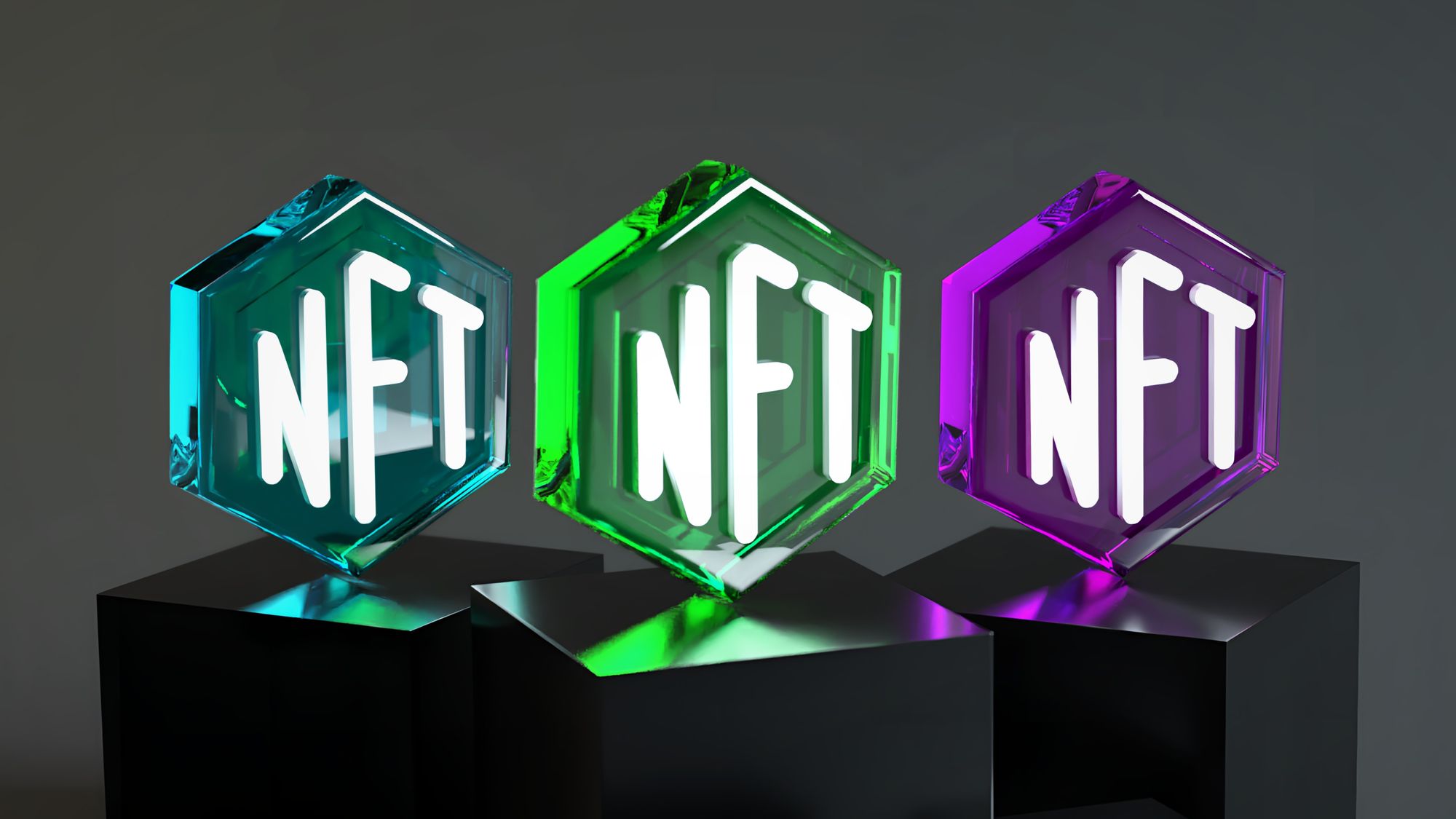
Brief Explanation of NFTs
If you don't know what NFTs are or are unsure what they mean. Here's a simple explanation. NFT stands for Non Fungible Tokens. They are unique digital tokens that are verified and cannot be replaced as they have a peculiar value that differentiates one from the other. They are stored using blockchain technology and grant ownership of real-world items like digital paintings, artwork, music and lots more.
Because NFTs are essentially digital intellectual property certificates, whoever owns the NFT has proof of ownership of whatever is linked to the certificate. These digital assets can be traded like any other marketplace item and are subject to the standard market laws of demand and supply.
The Rise of the NFTs
Anyone who paid the slightest attention to the digital space in 2021 would have gotten an earful of NFT this or NFT that. NFTs were the new cool kid on the crypto technology block; although they've been around since 2014, they finally broke into the mainstream and got their flowers that year.
Everybody was minting, shilling, selling, or buying a non-fungible token. It felt like watching the crypto boom happen again, but this time in the form of digital art, photography, music, and even tweets.

NFTs were sold for up to $69 million like Beeple's Everydays: The First 5000 Days made by the artist Mike Winkelmann, aka "Beeple". Auction houses began selling and exhibiting NFT art. Blockchains such as Solana and Tezos introduced their NFT versions. The metaverse exploded mainstream (indirectly helped by Facebook's name change to Meta), and web3 shot up in popularity and infrastructure.
The first year of the COVID-19 pandemic and lockdowns had caused a change in the internet and online ecosystem. The shift of activities from physical to virtual set off increased attention to how the web operates, its practical and unique uses, and how it's evolving. NFTs became a vital facet of this evolution because, for instance, they allowed artists to get paid for their art without needing to go through gatekeepers, as they would offline.
The NFT market showed a practical example of the blockchain-crypto-web3 decentralization model. In this online world, economies and marketplaces were decentralized, and anyone could get in, mint their art, and get paid without needing any authority's approval.
Artists now had more control over their work and could still earn royalties with every resell. This, combined with the provable scarcity and uniqueness of the products, made NFTs perfect for artists and collectors. It became a convenient platform for artists as it had (and still has) no geographic boundaries. You could be anywhere and sell an NFT to people worldwide. This particularly helped artists tap into the massive digital artist collector base.
Enter 2022, the first quarter, and NFT trade volume has fallen by more than half to $33.88 billion, according to The Block Research. By the second quarter, the volume slashed down again to $12.22 billion. This significant decline in trade volume begs the question - Is the NFT wave over?
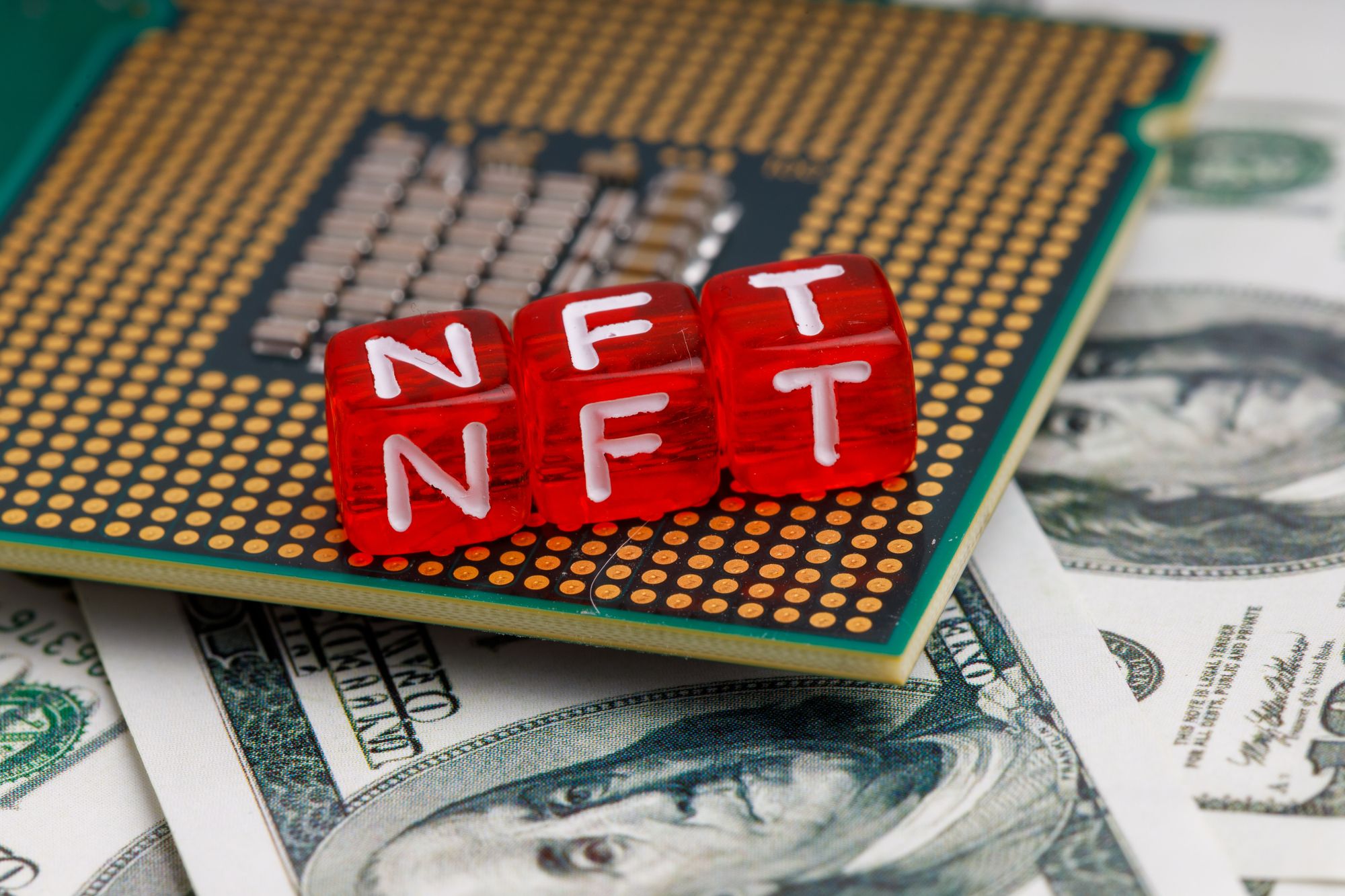
What has caused the decline in NFT trading?
Several possible factors have led to the decline in NFT sales and trade. Here are some of them:
Diminishing Interest
The life cycle of hype and the attention span of individuals seems to be reducing year after year. People are quick to move on to the next big thing. It happens all the time, not just in the blockchain sphere but in other industries.
When NFTs were the hottest investment, many people dove into them without correctly understanding how they worked or how to make them work. They left the scene when they eventually found that it was not another get-rich-quick scheme and that they had to provide actual value to get paid.
Furthermore, NFTs have been criticized for being environmentally harmful due to the energy they consume for minting. The fraud and scams within the NFT space have also been concerning. NFTs have been condemned as "useless investments without utilities." The combination of all these disparaging statements and opinions has probably contributed to turning a significant amount of public favour away from this digital asset class.
Current Economic Factors
Like other sectors of the crypto and blockchain economy, the NFT market has experienced its fair share of economic turbulence in 2022. The Terra debacle, Celsius bankruptcy and other huge losses have not been kind to the digital asset industry. Throw in macroeconomic factors, widespread inflation, residue from Covid's economic effect and sociopolitical uprisings across the continent; it's easy to see why NFT trade volumes are falling.
Despite this non-fungible asset class being built on decentralization, it is still considerably affected by other centralized economic factors. People are simply more likely to invest in things when the economy is stable and losses like the Terra-Luna fiasco haven't happened.
Bearish Crypto Market
The crypto market has been experiencing a bear run after the last bull run in 2021. However, markets need time to mature and evolve. The crypto market is no exception, particularly considering cryptocurrency is slightly over a decade old. Also, market declines/bearish runs tend to be followed by bull runs and booms.
Conversely, market booms tend to be followed by steep falls. It is the market's way of balancing itself. For now, the NFT market is also experiencing the bear run. Will its trade volumes rise again sometime in the future? That remains to be seen.

Are people still making money from NFTs?
There will always be a market for digital assets, particularly assets like art and music. The world is getting more digitized daily, and NFTs are already a cornerstone of the digital economy. Many artists are still minting their artwork and photography on OpenSea, Rarible, Foundation, etc. Collectors are still buying and selling despite the decline in trade.
Perhaps the wave isn't over yet? Maybe it's following the natural up-down economic cycle, and it's just exacerbated by the volatility of its trade bedrock - cryptocurrency?
What's next for NFTs?
The next step for the NFT space is likely to be regulations. It is still a largely unregulated space, contributing to much intellectual property theft, rug pulls, fraud and scams. Some creators and collectors in the space worry that regulations may ruin the essence of a free, decentralized art system. However, when done right, regulatory structures can make operations better and safer for everyone.
Like its fellow new web counterpart - crypto - NFTs are still in their early developmental stages. Let's see what this digital asset will look like in 5 years or even by the end of this year.
Disclaimer: This article was written by the writer to provide guidance and understanding of cryptocurrency trading. It is not an exhaustive article and should not be taken as financial advice. Obiex will not be held liable for your investment decisions.


